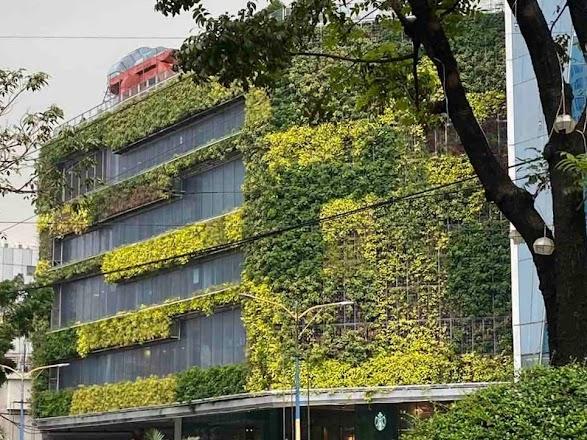
In today’s fast-paced and urbanized world, it’s easy to feel disconnected from nature. However, there is an emerging design approach that seeks to remedy this disconnection and bring nature back into our lives: biophilic design. Biophilic design is a concept that recognizes the innate human need for connection with the natural world and integrates elements of nature into the built environment. This article explores the principles, benefits, and examples of biophilic design, highlighting its potential to enhance our well-being, productivity, and overall quality of life.
Principles of Biophilic Design:
Biophilic design draws inspiration from nature and incorporates three core principles:
- Nature in the Space: This principle involves incorporating direct elements of nature into the design, such as indoor plants, green walls, water features, or natural materials like wood and stone. These elements evoke the calming and rejuvenating qualities of nature, creating a more soothing and pleasant environment.
- Nature of the Space: This principle emphasizes the use of natural patterns, colors, and textures. Incorporating organic shapes, fractal patterns, and biomimicry can mimic the complexity and diversity found in the natural world, making spaces more visually appealing and harmonious.
- Natural Analogues: Natural analogues involve indirect representations of nature, such as artwork, photographs, or sounds of nature. These elements can evoke positive emotional responses, reduce stress, and improve cognitive function by providing a connection to the natural world.
Benefits of Biophilic Design:
- Improved Well-being: Numerous studies have shown that exposure to nature and natural elements has a positive impact on our well-being. Biophilic design has been linked to reduced stress levels, improved mood, enhanced cognitive function, and faster recovery times in healthcare settings. Bringing nature into our surroundings can help create spaces that nurture and support our physical and mental health.
- Increased Productivity: Biophilic design has been shown to boost productivity and creativity in workplaces. Access to natural light, greenery, and views of nature can reduce fatigue, enhance focus and concentration, and promote a sense of calm and well-being. These factors contribute to a more conducive work environment, leading to increased employee satisfaction and performance.
- Sustainable Design: Biophilic design encourages sustainability by promoting the use of natural materials, passive design strategies, and energy-efficient systems. By integrating nature into the built environment, biophilic design fosters a deeper appreciation and understanding of the environment, encouraging individuals and communities to adopt more sustainable practices.
Examples of Biophilic Design:
- Amazon Spheres, Seattle: The Amazon Spheres in Seattle are a prime example of biophilic design. These glass domes house thousands of plant species, creating a unique and immersive workspace for Amazon employees. The abundance of greenery promotes well-being, creativity, and collaboration.
- Gardens by the Bay, Singapore: This iconic nature park integrates biophilic design principles on a grand scale. The park features massive Supertrees covered in vegetation, conservatories showcasing diverse plant species, and a breathtaking skywalk offering panoramic views. It serves as a captivating example of how biophilic design can transform urban spaces into lush green havens.
- The Edge, Amsterdam: Designed as one of the world’s most sustainable buildings, The Edge incorporates biophilic elements to create a healthy and productive work environment. The office space maximizes natural light, utilizes indoor gardens, and incorporates green walls, fostering a sense of connection to nature while reducing energy consumption.
Biophilic design offers a promising solution to the disconnection from nature that many individuals experience in modern society. By integrating elements of nature into our built environment, we can enhance our well-being, productivity, and sustainability. The examples mentioned above serve as a testament to the transformative power of biophilic design, showcasing its ability to create visually stunning, functional, and harmonious spaces that reconnect us with the beauty and vitality of the natural world. As we embrace biophilic design, we can pave the way for a more balanced and fulfilling future.

